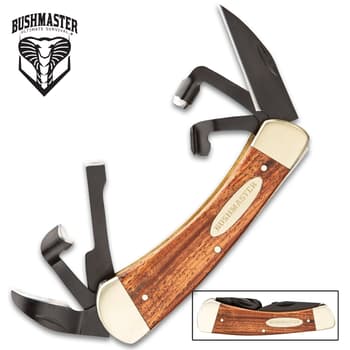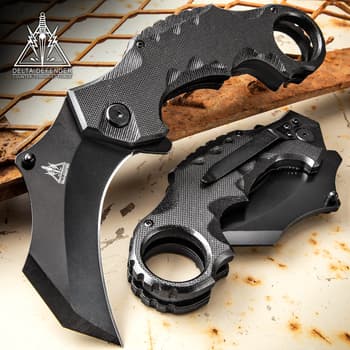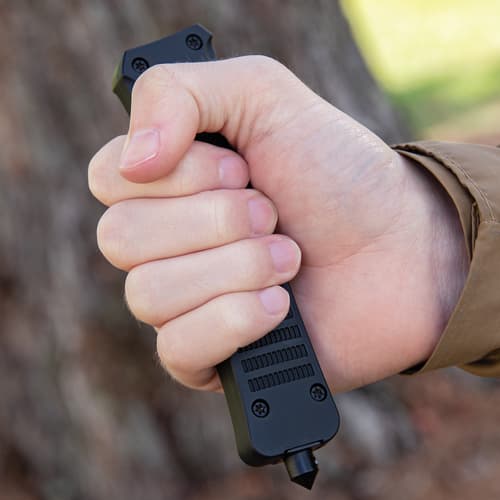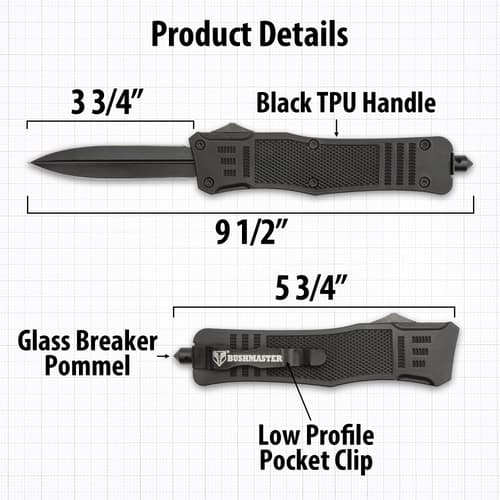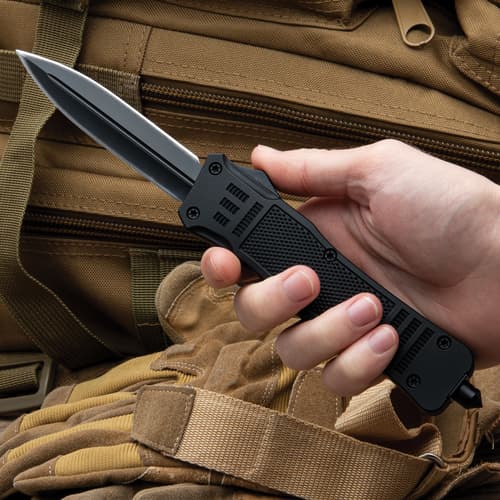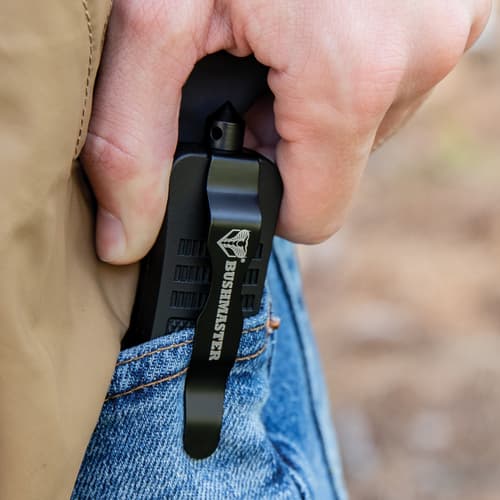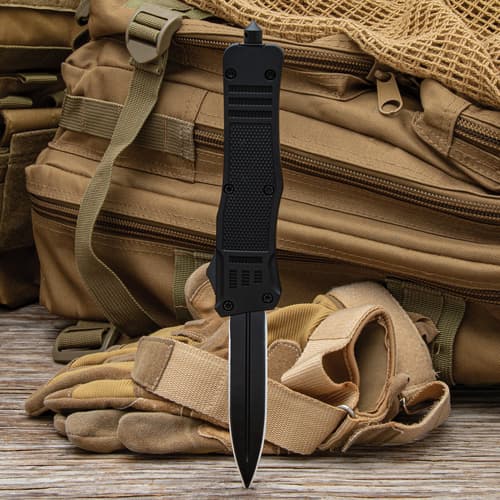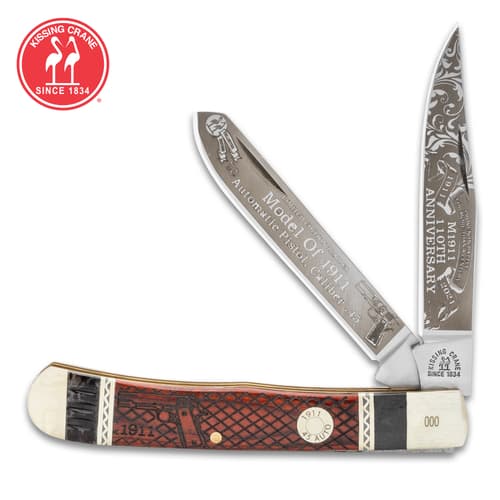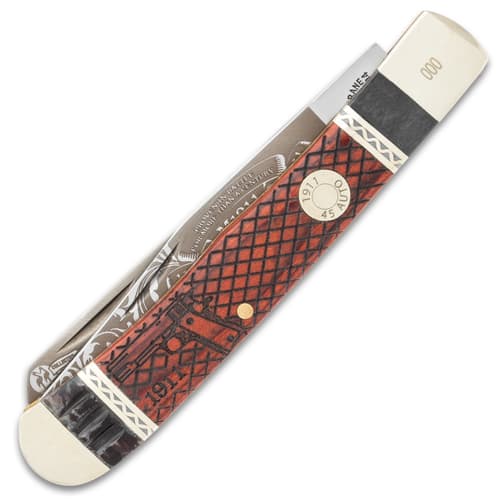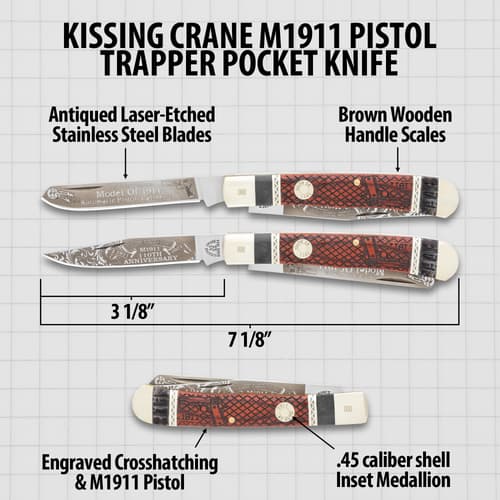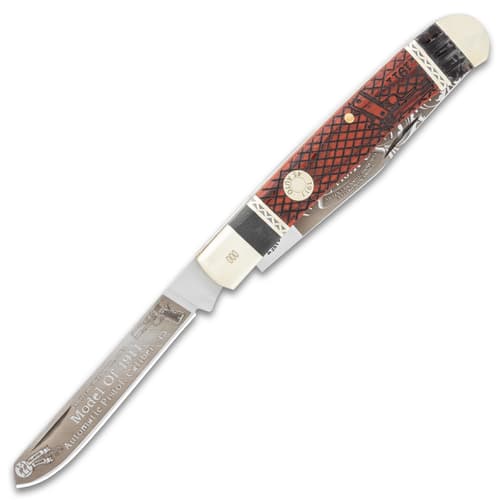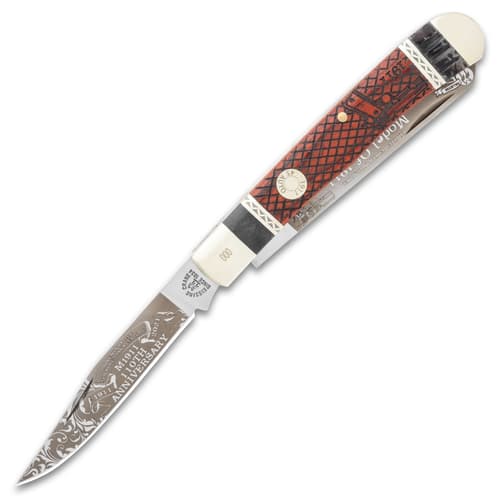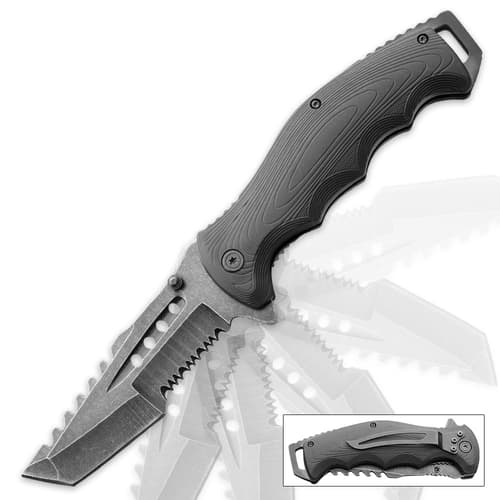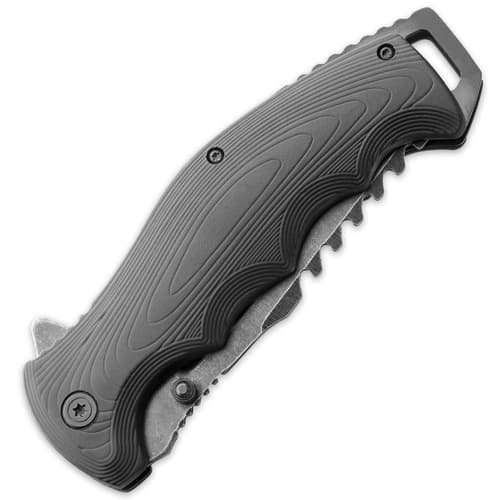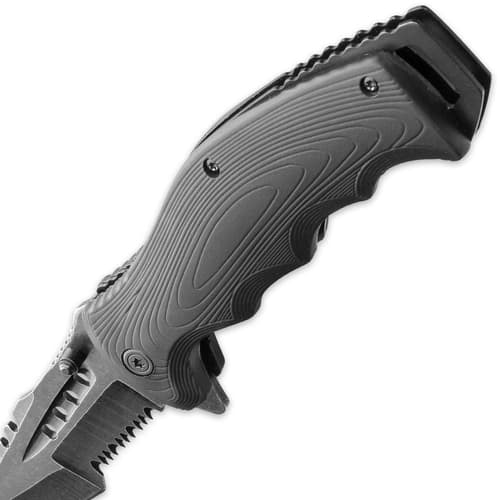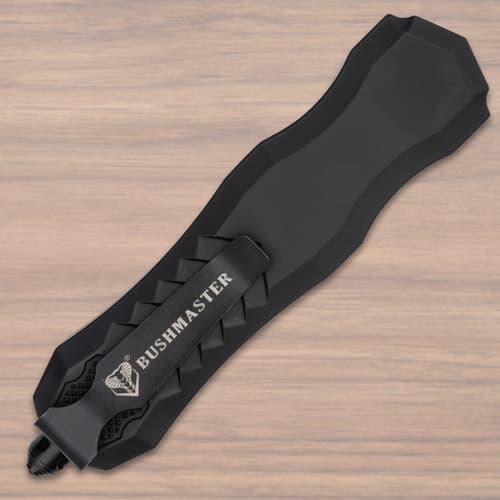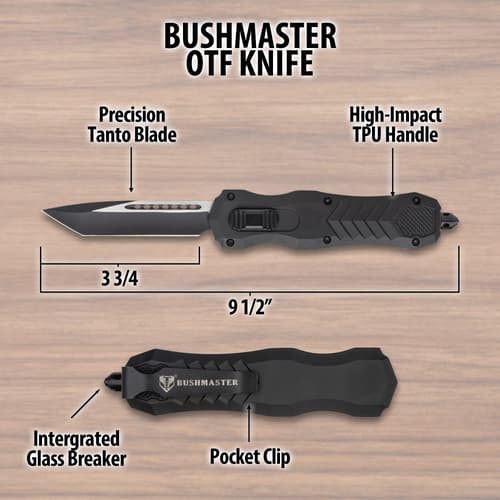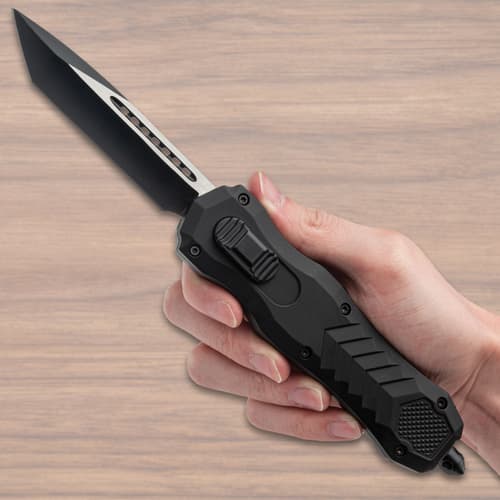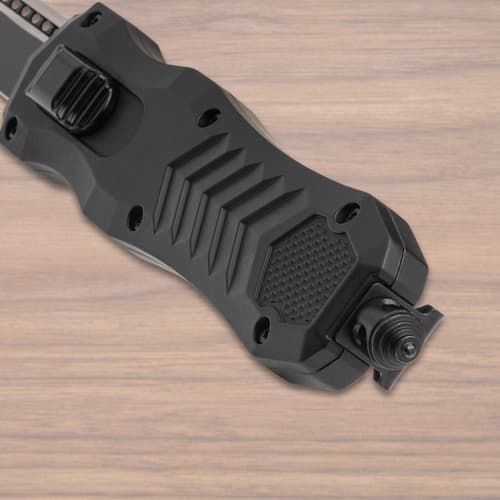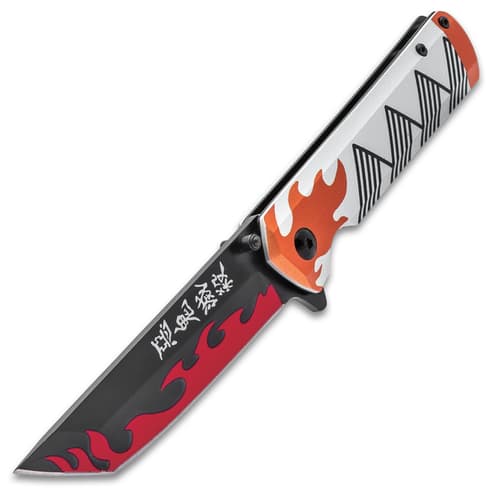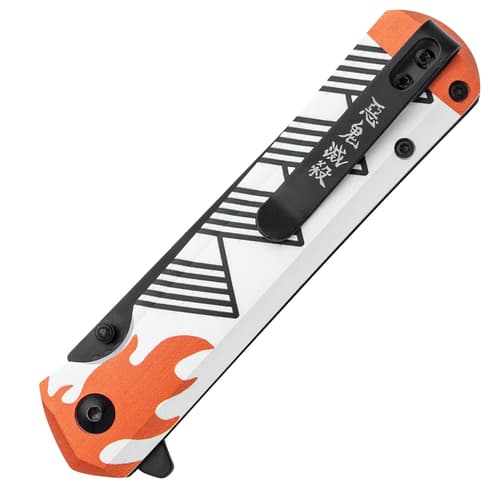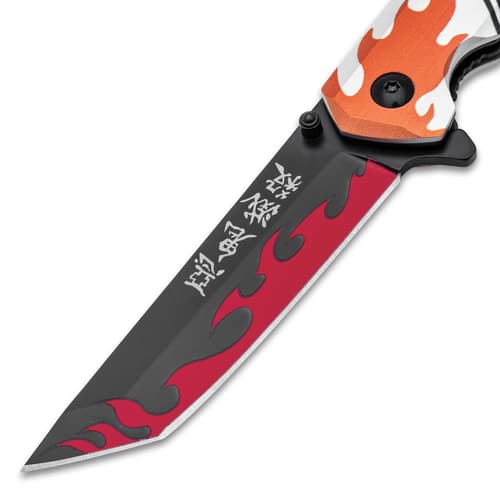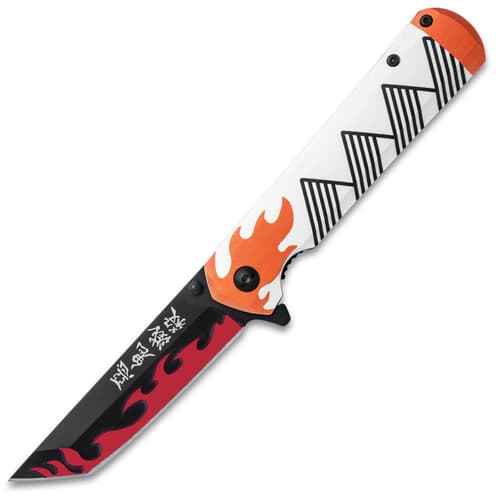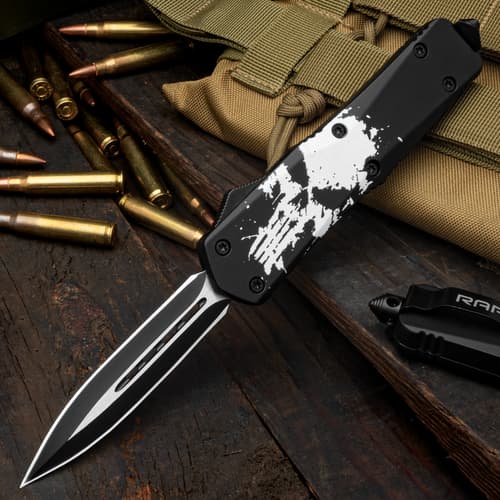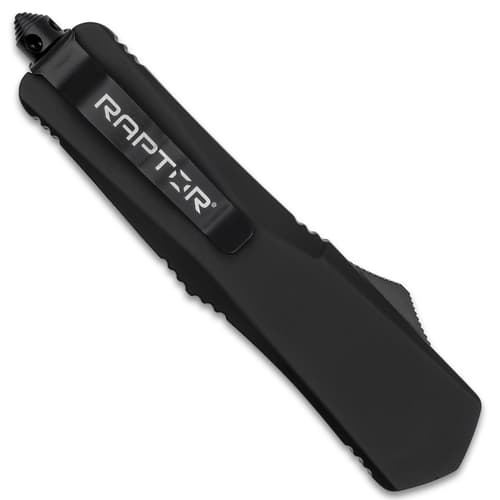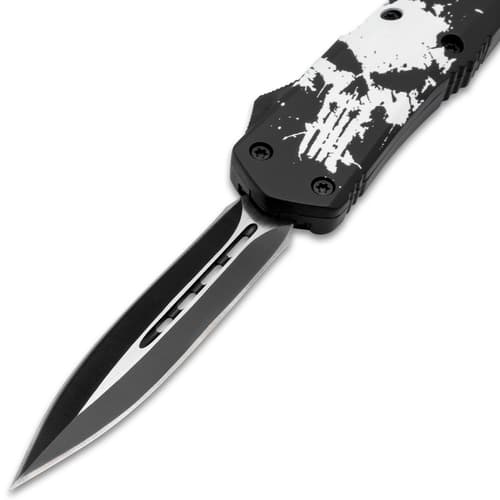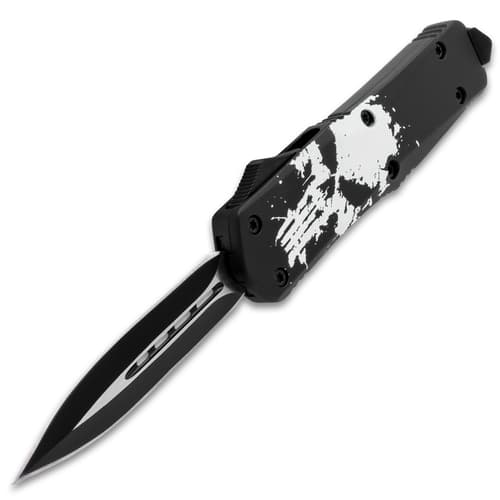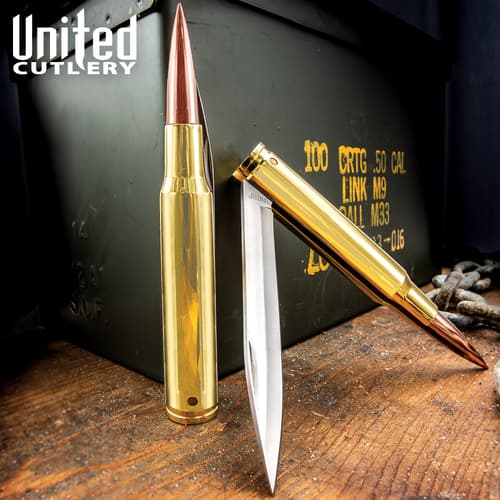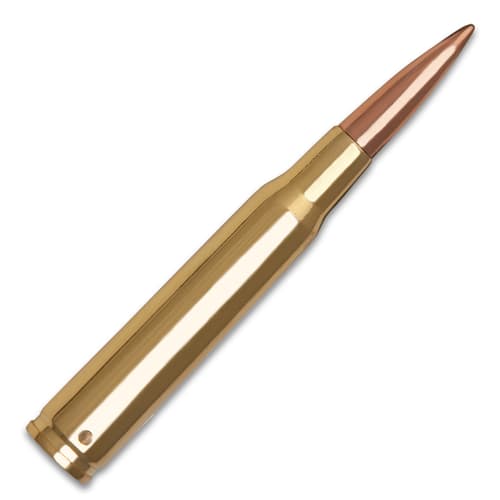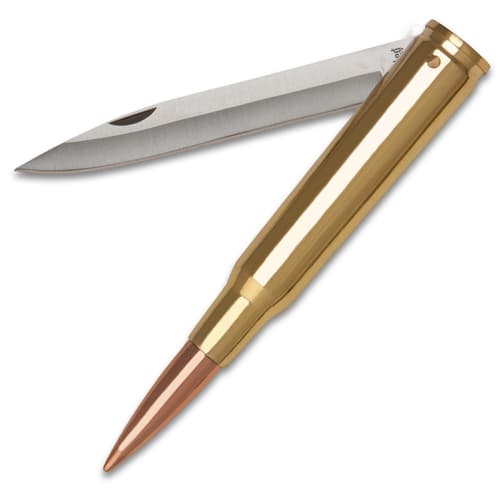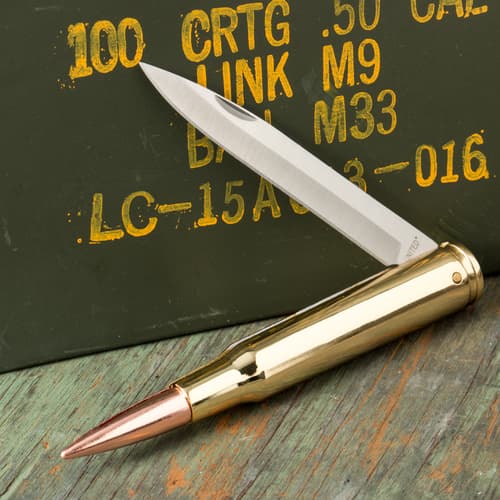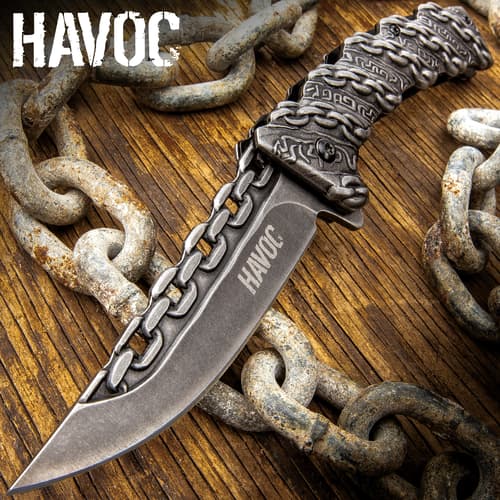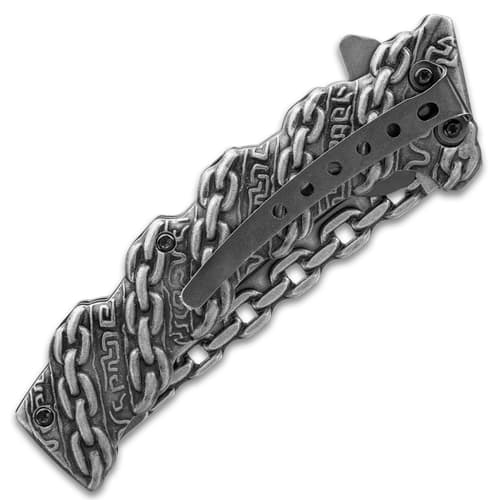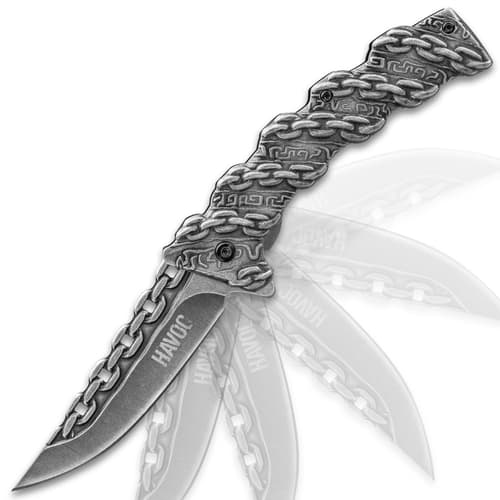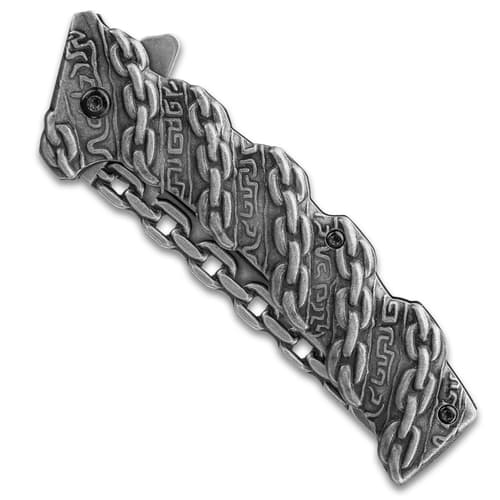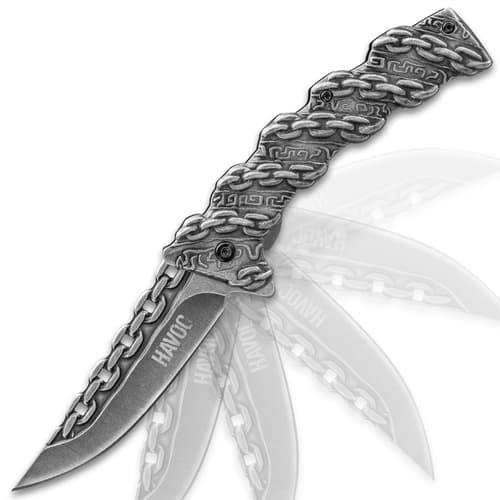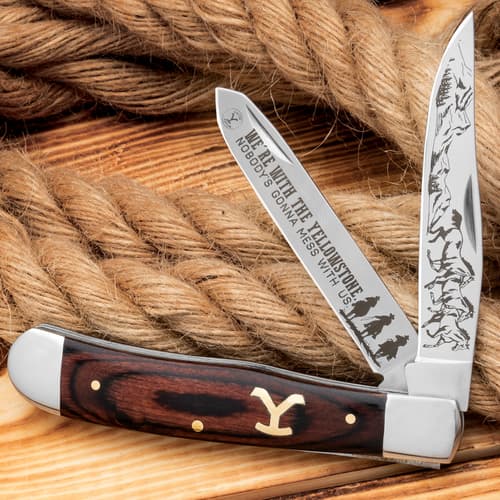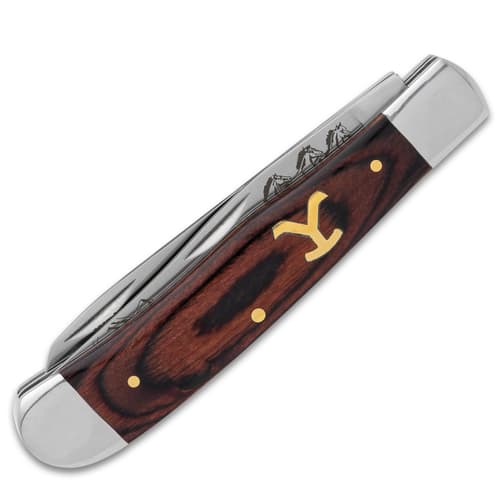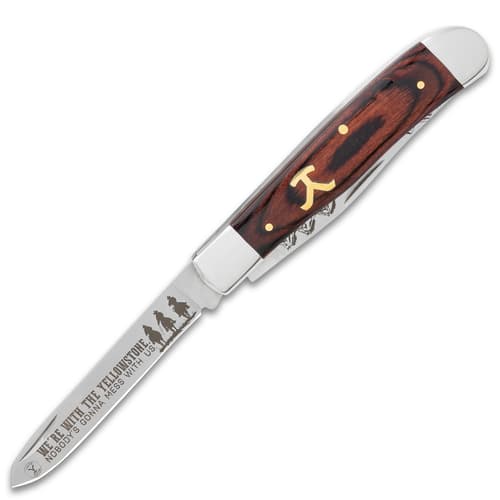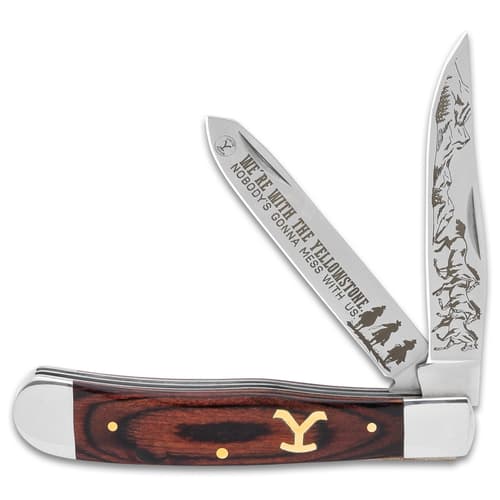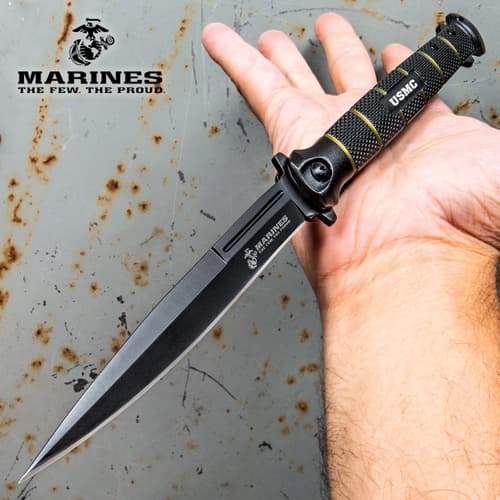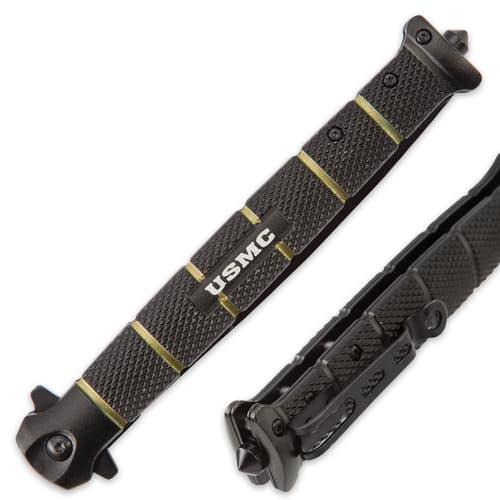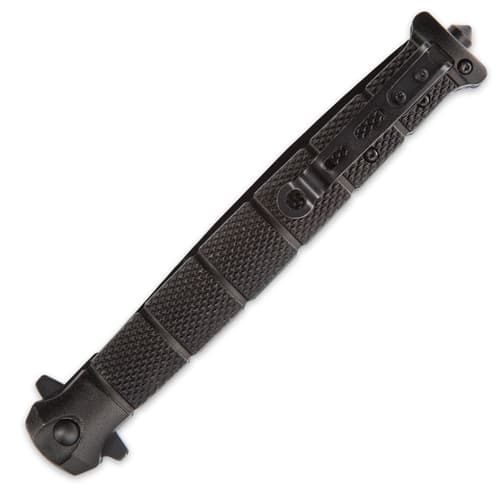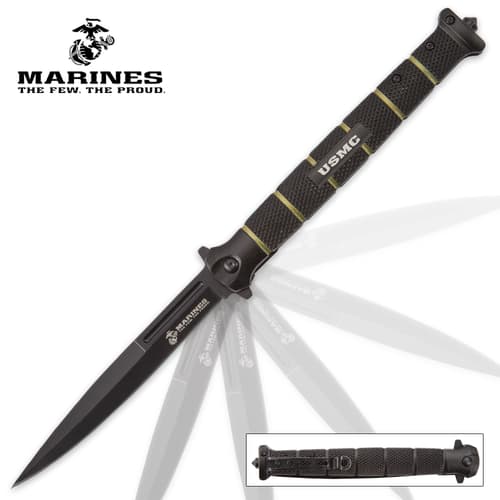The Anatomy of a Pocket Knife
By Desiree Weeks
A pocket knife is, at its simplest, a knife that can be folded and carried in a pocket, bag, or wherever. While it may have a basic definition, there’s so much more to pocket knives than that. There’s different varieties, styles, and pieces you may not even know about! Here’s an overview of the wonderfully wide world of pocket knives.
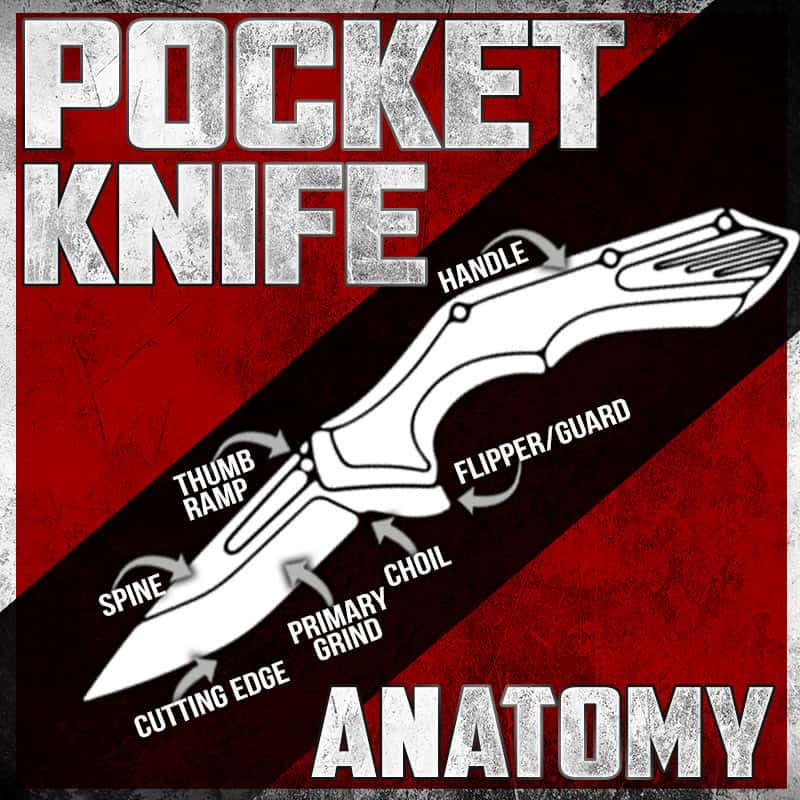
The Anatomy of a Pocket Knife
How well do you know your pocket knife? Sure, you may have been carrying it for years, but do you know all the parts? To give you better insight into your favorite knife, let’s start at the blade.
The back of the blade, or the non-cutting side, is known as the spine with the swedge being the unsharpened bevel on the spine, near the point of the blade. The point itself is the tip of the blade and can look different depending on the style of blade. Jimping is a fun word that refers to the notches on the spine that give extra grip beyond the handle.
The edge is the sharpened side of the blade which is beneath the bevel, or the part of the blade that creates the edge. Both the choil and flipper can act as finger guard with the choil being the recess at the base of the blade and the flipper being the protrusion at the base of the blade. The choil is located in the Ricasso, which is the unsharpened portion of blade in front of the handle.
The handle itself also has intricate little pieces and is where the blade is housed when the pocket knife is closed. Starting at the base of the blade, you’ll find the joint that secures the handle and blade together with a pivot pin. Inside the handle you’ll find a sheet of material that sits between the blade and the handle and is called the liner.
On the back of the handle will be the pocket clip, which can either be permanently affixed or removable, and allows the user to clip the knife wherever. Similarly, a lanyard hole is found at the end of a knife which is a hole created for securing a lanyard through for carrying purposes.
Types of Opening Mechanisms
While all pocket knives may have the same general parts, there are many different options when it comes to how your knife will open. Here’s a few of the most popular types of pocket knife opening mechanisms.
Nail Nick
A nail nick is a groove in the blade that allows the user’s nail to do the opening of the blade. It’s a no frills, tried-and-true mechanism that continues to be popular with users.
Flipper
With flipper knives, a small lever that is sometimes referred to as the nose extends from the bottom of the blade, allowing it to be used to swiftly open the blade. When open, the nose can act as a finger guard.
Thumb Stud
Thumb studs are small studs on the spine of the blade that allow the user to unfold the blade with one hand. Some thumb studs are fixed while other can be unscrewed.
Thumb Hole
The thumb hole was introduced by manufacturer Syderco who released their first pocketknife in 1981 with a circular hole in the blade. Trademarked as the “SpyderHole,” this allowed the user to press their thumb into the hole and rotate the blade from the handle. While it may be trademarked, many other manufacturers have taken the idea and slightly altered it to create their own thumbholes.
Automatic
An automatic knife, also known as a switchblade, will release its blade automatically through the use of a button, lever, or switch. Pending the style of knife, the blade will either be side-opening or extend out the front.
Types of Locks
Just like with opening mechanisms, there are several types of locking mechanisms used when it comes to pocket knives. Here are a few of the most common ones found.
Lockbacks
A lockback knife, as its name would suggest, means the mechanism is on the spine, or back, of the knife. When opened, a lockback knife locked into place with the spine locking into a notch on the back of the blade. To close, the user would push down on the exposed part of the spine, disengaging the part of the spine that is in contact with the blade. This lock style minimizes the risk of accidental cutting as the hand does not come into the blade’s closing path.
Liner Lock
The side spring bar for a liner lock knife is located inside the liner of the knife on the same side as the edge of the knife. When opened, this bar slides inward to meet the end of the blade, locking it securely in place. To disengage, one would push this bar aside, allowing the blade to fold back into the handle.
Frame Locks
The frame lock is similar to the liner lock but instead of being a bar inside the liner, the frame lock is part of the handle itself. Making it part of the handle makes a frame lock more study than a liner lock but allowing a larger piece of metal to keep the knife open. It opens and closes the exact same way as a liner lock.
Button Locks
Common on automatic knives yet also used on some manuals, the button lock has a spring loaded button that engages with a cutout in the blade to hold the knife open. Engage the button again to close the knife.
Now that you have all this knowledge, check out the great selection of pocket knives on BudK and find the perfect fit for you!
